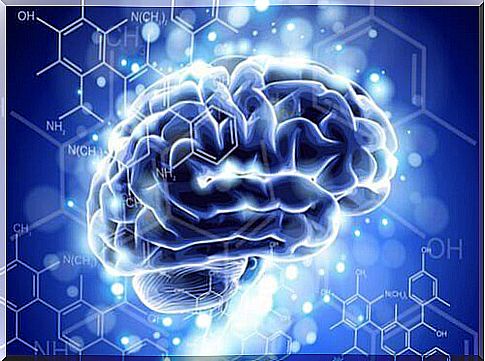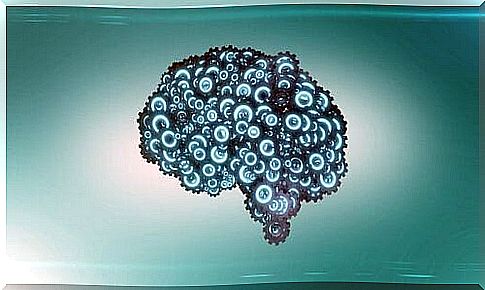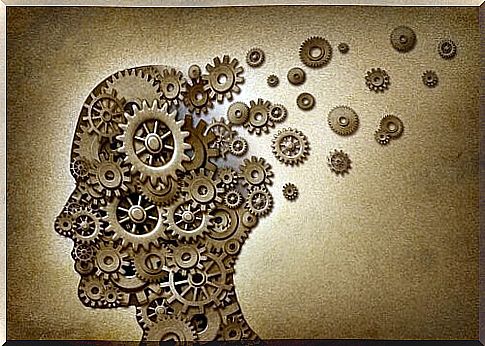Neuroethics: Characteristics And Development

Neuroethics is a discipline that has made its way into the international scientific community. Indeed, a large number of studies and research on the brain have been carried out in recent years.
However, this is a discipline that has only been recognized as a separate entity since 2002. Date on which a group of specialists from different scientific fields met to study the ethical and social implications of brain research, classical bioethics being considered too generic.
In 2003, a conference on neuroethics was organized for the first time by the Society for Neuroscience. But it wasn’t until 2006 that the Neuroethics Society was established. It is a group of professionals dedicated to studying the social, legal, political and ethical implications of advancing neuroscience.
As can be seen, the development of this discipline is relatively recent. However, he never ceases to be curious and interesting. We will now turn to neuroethics. From its origins to its current situation in order to discover it more in depth.

The emergence of neuroethics
To understand the emergence of neuroethics as a science, it is necessary to take into account the interdisciplinarity present in neuroscience. Indeed, these are made up of a large number of different disciplines dedicated to the study of the nervous system.
Over time, the need for understanding between these disciplines has grown. It was quickly accompanied by concerns on common ethical issues. The classic questions related to the functioning of the nervous system and to the mind-brain relationships are therefore for many.
To all this is added the great advance, in a short time, of bioethics. A branch of science oriented above all towards ethical aspects related to life sciences. Like biology or medicine. This was a motivating impulse for neuroscientists because they didn’t want to be left behind.
On the other hand, the parallel progression of neurosciences has resulted in the axes of scientific research being oriented towards questions more related to the interior aspect of the human being. For example, on pathologies or cognitive and emotional functions that may arise in us.
This is why, little by little, the need was felt to create a discipline which would endeavor to establish the appropriate precepts to coordinate research in these fields. And that’s how neuroethics came into being.
The San Francisco reunion in 2002
Stanford and California universities held a meeting in San Francisco, California in 2002 that marked the birth of neuroethics as a scientific discipline. It was during a congress attended by some 150 neuroscientists that the foundations of the discipline were laid.
During this meeting, the specialists had to agree on its definition and its field of study. This resulted in the following definition:
However, although neuroethics is taking its first steps in this direction, there are still many aspects to be clarified and defined. As for example the fact that almost all of the orientation of the discipline concerns diseases of the nervous system.
In addition, another problem is the little attention paid to prevention and to the functional aspect of the nervous system, to the obvious detriment of sciences such as psychology. As we can see, there is still a long way to go to obtain a broader and more synthetic vision of this discipline.

Characteristics and development of neuroethics
The development of neuroethics and its characteristics reflects the evolution of four major areas of work:
- Neural Sciences and the Self : This aspect deals with questions such as the relationship between neuroscience and human freedom and responsibility. In addition, he studies the biological bases of personality, behavior and emotions.
- Neural sciences and social practices : in this case, the research focuses on social pathologies, also dealing with learning and memory processes, as well as questions of personal and criminal liability. This leads to touching on certain aspects of forensic neuropsychiatry.
- Ethics and practice of neuroscience : this is ethics applied to clinical practice. It covers aspects such as neurosurgery, psychopharmacy, gene therapy, neural prostheses, etc. In addition, this field aims to orient both research and therapeutic approaches to nervous pathologies.
- Neuroscience and public discourse : this is the relationship between neuroscience and the academic training of researchers, as well as aspects related to dissemination, not to mention the relationship with social media.
Neuroethics is therefore defined as a young multidisciplinary science. With great projection and long-term work goals. This is, and will be, a fruitful area of research. After all, this is a purely human matter.










